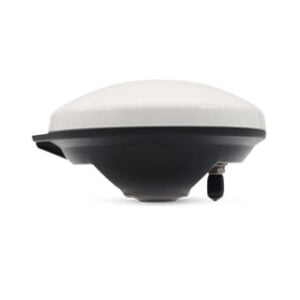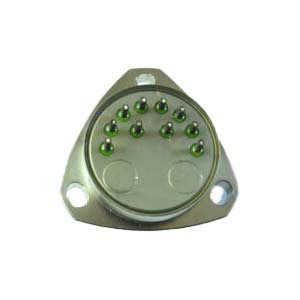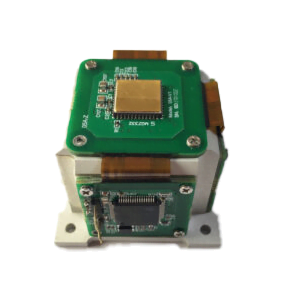An antenna is a converter that converts a traveling wave traveling on a transmission line into an electromagnetic wave traveling in an unbounded medium (usually free space), or vice versa. A part of a radio device used to transmit or receive electromagnetic waves. Engineering systems such as radio communication, radio, television, radar, navigation, electronic countermeasures, remote sensing, radio astronomy, etc., which use electromagnetic waves to transmit information, all rely on antennas to work. In addition, in terms of transmitting energy with electromagnetic waves, non-signal energy radiation also requires an antenna. General antennas are reversible, that is, the same antenna can be used as both a transmitting antenna and a receiving antenna. The basic characteristic parameters of the same antenna as transmitting or receiving are the same. This is the reciprocity theorem for antennas.
In antenna measurement, the working state of the measured antenna can be transmitting state or receiving state. This can be flexibly selected according to the content of measurement, measurement equipment, site conditions and other factors. According to the reciprocity principle of antenna, the results of measuring the antenna parameters in two operating states should be consistent.
However, in practical measurement, the reciprocity principle can only be applied under certain conditions.
(1) The antenna must be linear and passive, such as the satellite TV receiving antenna, whose feed and high frequency head (LNB) are integrated and cannot be used for transmission.
(2) The impedance matching of the transceiver system should be good. Although there are multiple reflections between the antenna under test and the source antenna, this effect is not serious due to the attenuation of free space propagation. The impedance matching between source antenna, feeder, signal source, antenna under test, feeder and receiver is an important condition to meet the reciprocity principle.
(3) When the antenna is replaced, the transceiver branch has no active devices, such as power amplifiers, low noise amplifiers, mixers, etc.
Classification
1. According to the nature of work can be divided into transmitting antenna and receiving antenna.
2. According to the application can be divided into communication antenna, broadcast antenna, TV antenna, radar antenna and so on.
3. According to the direction can be divided into omnidirectional antenna and directionalantenna and so on.
4. According to the wavelength can be divided into ultra long wave antenna, long wave antenna, medium wave antenna, short wave antenna, ultra-short wave antenna, microwave antenna and so on.
5. According to the structure form and working principle can be divided into line antenna and surface antenna and so on. Describe the characteristic parameters of the antenna with directional, directional, gain, input impedance,radiation efficiency, polarization and bandwidth.
6. According to the dimension can be divided into two types: one-dimension antenna, two-dimension antenna.
7. According to the use of different occasions can be divided into three types: hand-held antenna, vehicle antenna,base antenna.
Characteristic
In antenna measurement, the working state of the measured antenna can be transmitting state or receiving state. This can be flexibly selected according to the content of measurement, measurement equipment, site conditions and other factors. According to the reciprocity principle of antenna, the results of measuring the antenna parameters in two operating states should be consistent.
However, in practical measurement, the reciprocity principle can only be applied under certain conditions.
(1) The antenna must be linear and passive, such as the satellite TV receiving antenna, whose feed and high frequency head (LNB) are integrated and cannot be used for transmission.
(2) The impedance matching of the transceiver system should be good. Although there are multiple reflections between the antenna under test and the source antenna, this effect is not serious due to the attenuation of free space propagation. The impedance matching between source antenna, feeder, signal source, antenna under test, feeder and receiver is an important condition to meet the reciprocity principle.
(3) When the antenna is replaced, the transceiver branch has no active devices, such as power amplifiers, low noise amplifiers, mixers, etc.
More Technical Questions
1.Some Questions about GNSS Antenna
2.Inertial Navigation System (INS)
3.Differences between IMU, AHRS, VRU and INS
5.What is the Main Sensor in an IMU?
6.Accelerometer, Gyroscope and Magnetometer
Products in Article







